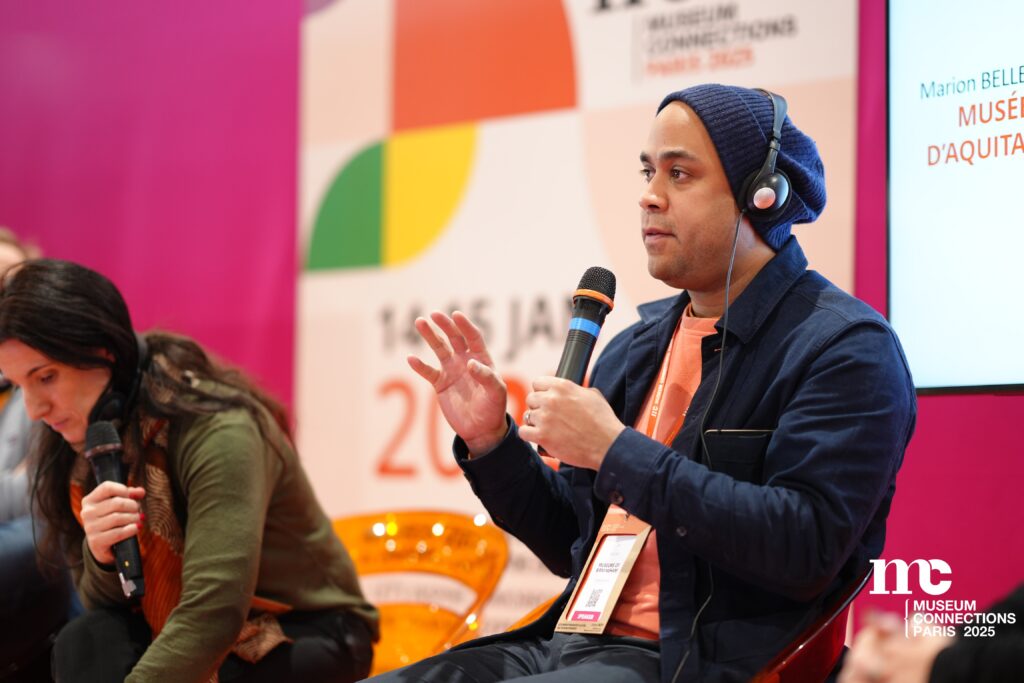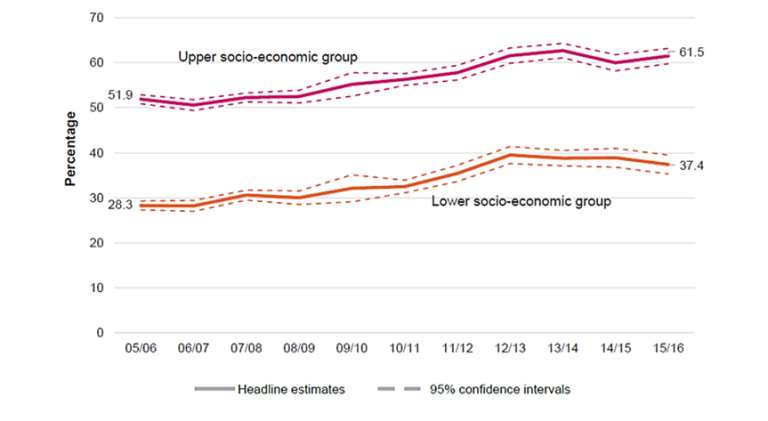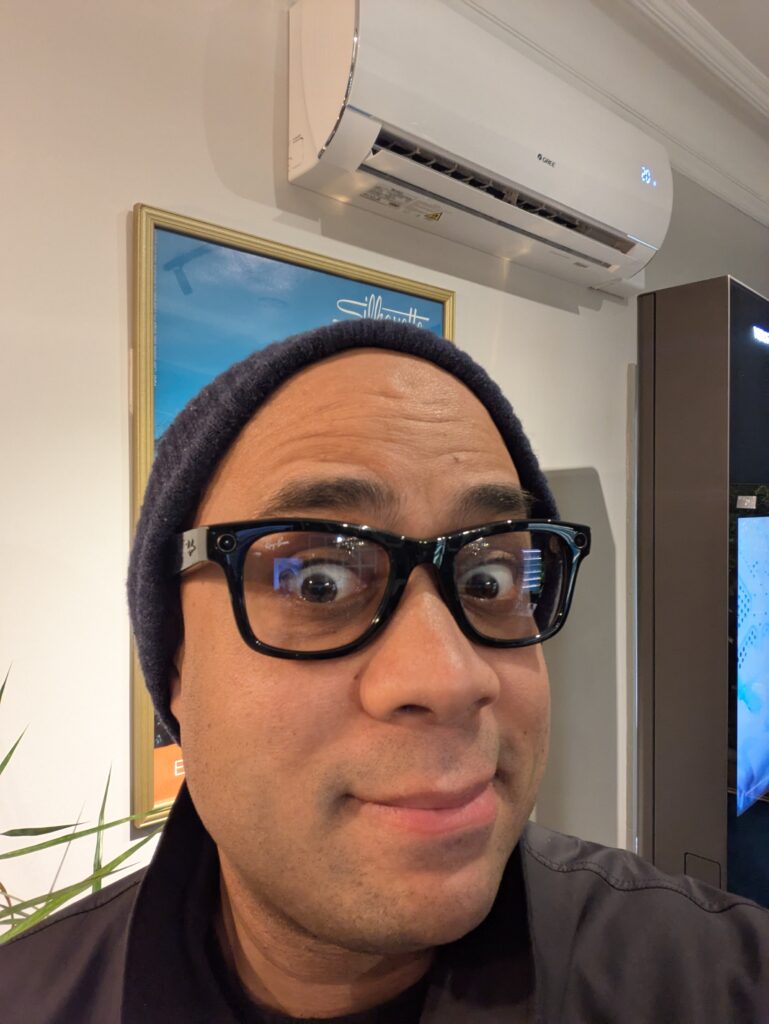
Firstly, thanks to the good folks at Museum Connections for the invitation. I joined a great panel and 150 attendees to discuss how we’re trying to close the particapation gap at Birmingham Museums Trust. The headphones in the above photo were for the live translation not for the vibes!
My whole career to date has been about “helpful to people” so the focusing on those who visit vs those who don’t is a topic close to my heart.
Below is a mix of my thoughts and notes for the session. Hat tip to Sara and Mark O’Neill for their thoughts on the session in advance.
Inclusion, Solidarity: Welcoming people living in poverty
Over the past few years, the social role of cultural institutions has continued to evolve, adapting to contemporary challenges. Despite increasing pressure to generate revenue, cultural venues are redefining their social and solidarity efforts to meet current needs, moving beyond free admission alone. This panel discussion explores studies examining the real barriers that prevent people in precarious situations from visiting cultural institutions. We will focus on the role of these institutions in supporting ambitious, long-term inclusion programs and their funding. Additionally, we will address how cultural venues can raise awareness and advocate against exclusion, both internally and externally.
- Marion Belleville (France)
- Sarah Hugounenq (moderator)
- Zak (me!)
- Clement LaLot (Belguim)
- Leanne Wickham( New Zealand)
Who’s it for?
BMT runs 9 sites in Birmingham, UK which is in the middle of the country with only London having larger population. Population of 1.1m with 6m people in the region.
We reach up to 1m visitors per year at our physical sites plus several million online AND up to 10m via objects on loan around the world. Birmingham is nearly 50% people of colour and has a young population.
The City Council has gone bankrupt (s114) and we are operating within the impact ofthe deepest financial crisis.
What’s it for?
Culture is a basic human right and therefore should be universal. We think Museum audiences should be broadly representative of society. If we have barriers then we are failing people.
In the book Culture is Bad for you, they focus on failings over 40 years between both the creation and consumption of culture and how this highlights the inequality.
At BMT we’re working on being part of the solution. One element of this is a research Project called Addressing the museum attendance and benefit gap with University of Leicester.
Survey data on who visits museums and decades of research in cultural sociology internationally tell us that museum visiting reflects the socio-economic gradient, closely tracking inequalities in education, income, employment, mental health and other indicators of social wellbeing. Despite the scale of existing evidence, including evidence that the attendance and benefit gap may be increasing, government policy, professional guidance and research undertaken by museums themselves continue with little or no recognition of this wider context and macro data and, as a result, have failed to develop sustainable evidence-based solutions to address inequalities in museum attendance and benefit.
This Network explores the hypothesis that a deeper understanding within museums and museology of (1) the nature and experience of inequality and (2) how large-scale social and behaviour change is approached in other fields, such as health, would open up the capacity in museums and amongst museum scholars to understand, theorise, design, implement, evaluate and sustain practices which may address the attendance and benefit gap.
Together we are asking:
- How can we better understand who visits and benefits from museums?
- What can existing population-level and museum data tell us about those who visit and those who do not?
- What research can museums committed to representative participation draw on to understand audience development more strategically?
- How might museums utilise research and strategies from fields such as implementation science to drive evidence-based decision making, understand which changes in museums successfully broaden visitor demographics and sustain progress towards representative participation?
Our Museum visiting reflects the socio-economic gradient, closely tracking inequalities in education, income, employment, mental health and other indicators of social wellbeing.

The graph shows a gap of approx 25% between cohorts. Change is needed at “population level change” as small interventions don’t move the needle enough.
BMT has 9 sites. We oeprate both free and charging yet the types of people who visit are the same for both FREE and paid which shows that chargign isn’t the barrier in the way we often think it is.
Mark O’Neill, a key collaborator says: Museums that are interested in increasing access create more accessible displays, using Universal Design principles and storytelling. They increase the representation of the culture and heritage of previously excluded groups and above all they create a welcoming atmosphere for novice visitors and their families. They also have a range of engagement programmes, involving activities under headings like Wellbeing, creativity, social inclusion and social mobility. CO-production, greatly inspired by Nina Simon’s book on the Participatory Museum is often seen as the key to radically improved inclusion.
As an aside the book Universal Design Principles was a key text for me when I was studying Computing and a copy still sits by my desk!
Barriers (for focus on this panel)
- Focused onthe already well educated and neglecting those who may most benefit
- the single most important predictor of museum visiting is not class, ethnicity or income but level of prior educational achievement.
- Relevance – 80%+ of Citizen Jury started off by saying museums were not for them
- require population level change
- projects don’t stick or scale – too small
- economic and educational disadvantage
- Creation AND consumption of culture need to be considered not just consumption
Opportunities
- The Network will test the assumption that if museums understand the extent to which the attendance and benefit gap is driven by societal factors, they may be able to develop interventions which are most likely to have an impact.
- being People centred
- critical to be data-informed – but sector needs to undersand how to use data better)
- [Example] of staff wearing own clothes which leads some people to see themselves ((affiliation))
- Deeper understanding of how museums need to change to be relevant and appealing to people with no/low educational qualifications
- Redirect engagement resources to transforming the museum as a whole – key concept
- From Nina Simon, Chapter 5, Desire for the input and involvement of outside participants, Trust in participants’ abilities and Responsiveness to participants’ actions and contributions
Library example
Libraries promote literacy through provision of books and support.
Citizen jury example
Throughout 2024 BMT ran the UK Museums first citizen Jury.
28 people who represent the city at population level. 30 hours of delibration and produced 21 recommendations which we share from the 30th January.
Quick examples
- [Example] reopening the Art Gallery in 2022
- more excluded peple come to big sites
- [Tactic] We have a Community pass scheme which is one useful tactic but is targeted and doesn’t scale in current shape.
- hard ot make itsystems
- bolt on model seen as good practice but it isn’t as it doesn’t shift the needle in nearly all cases I’ve come across
- Should a measures of success be repeat visits beign the goal?
- [Example] As a kid I had a vey bad experience in Bristol at a Gallery which put me off for years.
- Idea of class as a node
Socioeconomic Gradient (SEG) covers
- Income
- Race/ethnicity
- Disability
- Place of residence
- Unemployment
- Education
The seven principles of universal design
- Equitable Use
- Flexibility in Use
- Simple and Intuitive Use (ikea example)
- Perceptible Information
- Tolerance for Error
- Low Physical Effort
- Size and Space for Approach and Use
Books
- Culture is bad for you by Brook, O-Brien and Taylor
- Enhancing PArticipation in the Arts in the EU https://link.springer.com/book/10.1007/978-3-319-09096-2
- Universal Principles of Design by Lidwell, Holden and Butler ISBN 9781592535873
- The Participatroy Museum by Nina Simon https://participatorymuseum.org/
